Explore the traditional northern Thailand loop. It starts in Su Kho Thai and continues to Chiang Rai, where it ends.
They did not include Chiang Mai. You’ll discover the highlights of Northern Thailand’s most culturally significant city.
You had plenty of time to rest and stop along the way each day because the journey was uncomplicated. Let’s see what’s going on.
Trip Overview
Arrive Su Kho Thai and sightsee in 2 historical parks [Day 1-3], then go north to Phrae and Nan [Day 4-6], and the last section is in Pha Yao and Chiang Rai [Day 7-10]. You can add your days for relaxation in each place.
STRAT DAY 1: PIT SA NU LOKE or SU KHO THAI
There are two airports to fly from in Bangkok. You can fly from Don Mueang to Pit Sa Nu Lok with 3 low-cost airlines. And Suvarnabhumi to Su Kho Thai operated by Bangkok Airways.
Pick up at Pit Sa Nu Lok Airport, start the tour from here, stop for food or sightseeing at some places, then travel to Su Kho Thai, check in at the hotel, and have dinner.
[Pit Sa Nu Lok recap]
Pit Sa Nu Lok, or written in Thai as Phitsanulok, is a province in lower northern Thailand, bordered by mountains in the north and east and having a major national park.
The capital city is home to the Wat Phra Si Rattana Mahathat temple with its much-revered Phra Buddha Chinnarat statue.
A regional airport located in the south of Pit Sa Nu Lok that has a tiny terminal. Three airlines operate a total of 5 daily domestic flights from here to Don Mueang.
Arriving around 2 pm is a good time to manage; however, please check flights before making plans.
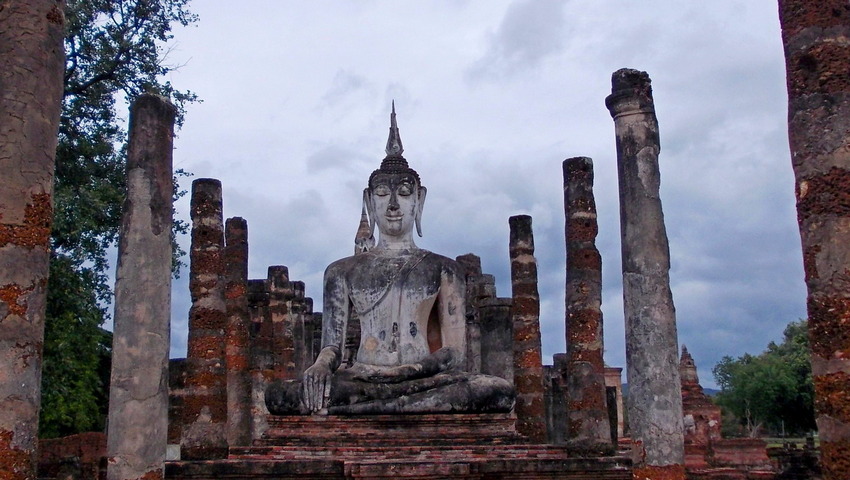
[Su Kho Thai brief]
Su Kho Thai is a province in lower northern Thailand. The New Su Kho Thai is the capital and is very interesting. There are 2 historical parks and 2 national parks for natural activities.
- Su Kho Thai Historical Park
- Sri Sat Cha Na Lai Historical Park
- Sri Sat Cha Na Lai National Park
- Ram Kham Haeng National Park
The new city is a small, relatively uncrowded province, but floods occur every year. There are enough hotels and restaurants for tourists.
The old city is Su Kho Thai Historical Park, which never floods, 12 km west of New Su Kho Thai. It has accommodations and restaurants scattered around.

It is convenient to visit the Su Kho Thai attractions. You can arrive a couple of days early, and then we can start the trip later; the itinerary can be flexible.
Moreover, there is a wide variety of local food that is abundant, especially the traditional and original Thai desserts.
The airport is 30 km from downtown and is the only airport operated by Bangkok Airways. Normally, there are 2 flights per day.

DAY 2: SU KHO THAI HISTORICAL PARK
The Su Kho Thai Historical Park contains the partially restored 13th- and 14th-century palaces and temples of the Kingdom of Siam’s first capital.
Tour the highlights of the historical park, or rent a bicycle to explore, stop for lunch, and return to the hotel.
[Soon] Tip: walk around and take a photo of Su Kho Thai Historical Park.
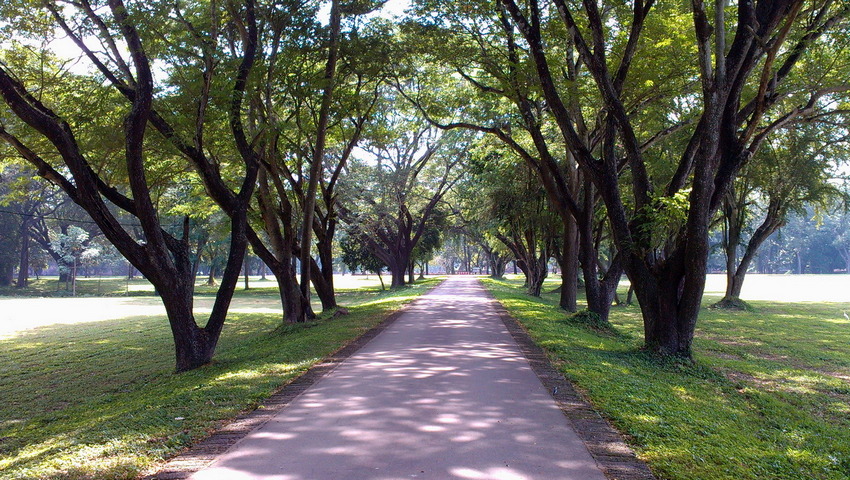
SRI SAT CHA NA LAI HISTORICAL PARK – PHARE – NAN [DAY 3]
Depart for Sri Sat Cha Na Lai Historical Park, explore some of the surrounding areas, and have lunch nearby.
In the afternoon, depart for Nan; it takes about 4 hours. Check in at the hotel, and then relax on the walking street.

Alternatively, you can stop in Phrae, a province that still retains the atmosphere of the Lanna past.
If you don’t plan on going to Phrae and Nan, you can skip them and head to Pha Yao. [Jump to DAY 7-8-9-10: PHA YAO – CHIANG RAI]
[Phrae highlights]
Phrae is a province full of historic buildings. These buildings, all over 100 years old, were once prosperous in the past.
You will see ancient teak houses that are unique to Phrae Province, which has a blend of styles with Eastern Lanna. And also see the old traditions of Chiang Mai in the past that have been influenced as well.
[Nan loop]
A rural province in northern Thailand bordering Laos, known for its numerous national parks that contain waterfalls, limestone mountains, and rare plants.
Nan has rapidly developed into a tourist destination. The road is in good condition, and the development is progressing well.
You can continue crossing the Lao border at the Huai Kon checkpoint. Brothers once ruled the two cities of Phrae and Nan.
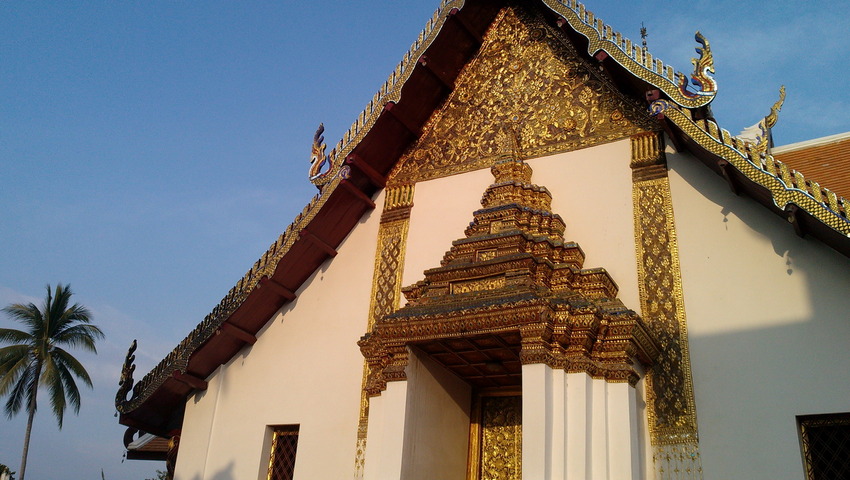
NAN LEISURE DAY [FOR DAY 4-5-6]
Make an excursion of 2–3 days in the Nan loop that will take you through nature and overnight stays in the various communities with comfort.
It may be planned to stay outside the city as a homestay in another district in the mountains.
The laid-back city sits on the banks of the Nan River. And the most famous are the architecture and paintings of Wat Phumin.
The city is unique to the Lanna Kingdom, and you can venture outside the city to enjoy nature and scenery.
Do a city walking tour on your own. Walk around the city to markets, temples, museums, restaurants, and cafes.

DAY 7-8-9-10: PHA YAO – CHIANG RAI
Plan the last section for splitting your stay in Pha Yao, Chiang Saen, and Chiang Rai.
7: Pha Yao
From Nan across the mountains to Pha Yao. We will be staying by the quiet and beautiful lake.
Stroll along the Pha Yao lakeside, which offers a relaxing atmosphere, beautiful views, restaurants, and cafes.
Visit the temple in the middle of the lake. There may also be local activities in the surrounding area.
[Pha Yao]
Pha Yao (Thai: pronounced [pʰā.jāw]; Northern Thai: pronounced [pʰā.ɲāːw]) lies in upper northern Thailand.
Geography: The Phi Pan Nam Range runs across the country from north to south. The city of Pha Yao is on Pha Yao Lake (Kwan Pha Yao) in the valley of the Ing River, and three big mountains surround the valley.
I really like this town and want to stay here for a long time. It’s a tiny town with a peaceful atmosphere.
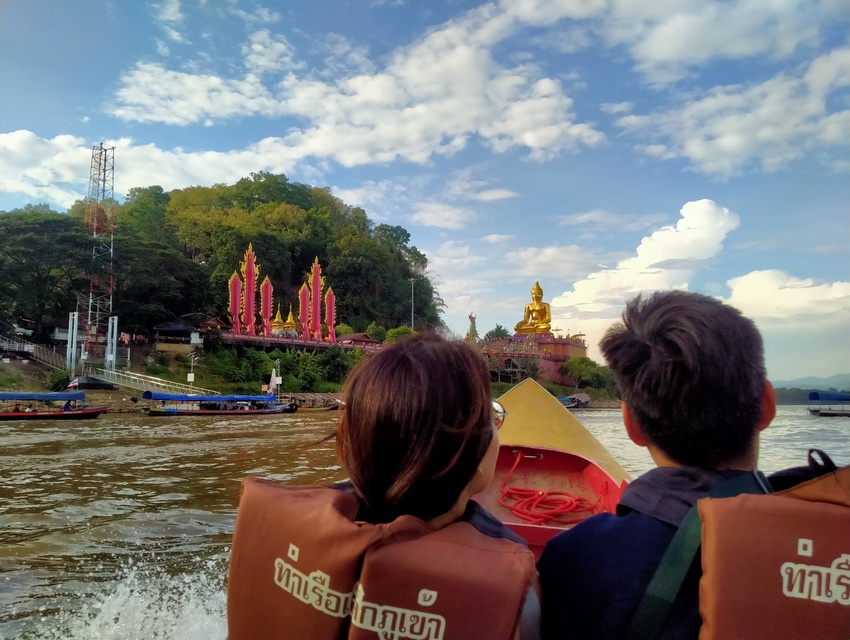
8: Golden Triangle – Chiang Saen
Heading to the Golden Triangle, stop to enjoy the view along the Mekong River, passing Chiang Saen, and then check in at the hotel with the most beautiful riverbank and sunset.
The Golden Triangle is now quiet and desolate with few tourists. The nature and ways of life have been replaced by Chinese investment.
You may visit the archeological remains at Chiang Saen, which probably date from the 12th century and were once the original capital of the Lanna kingdom.
And also see the hall of opium for 2 hours. If not, the House of Opium Museum is the option.
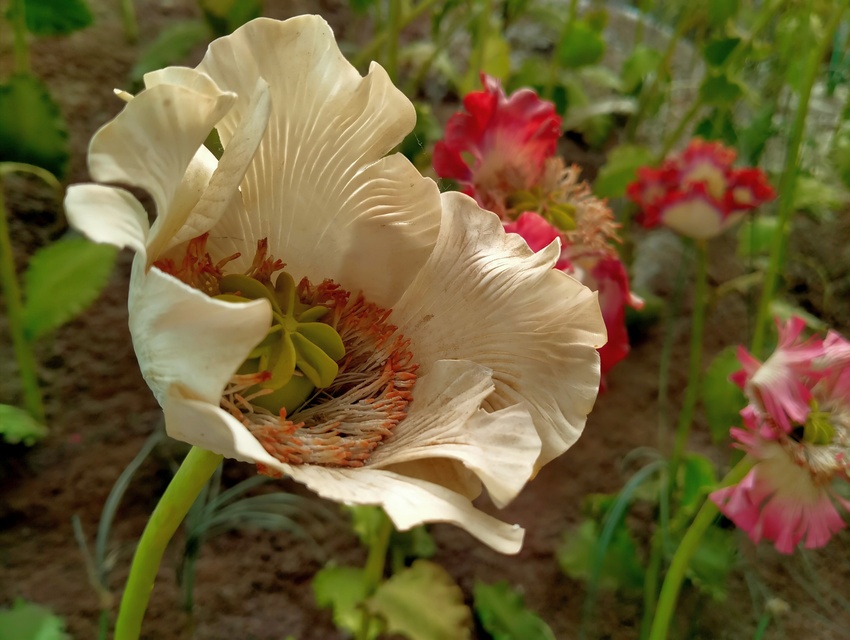
9: Continue to Chiang Rai
Mae Sai, on the Thailand-Myanmar border, is also the northernmost point of Thailand.
Previously, it was popular to shop for local products from China and Myanmar. Currently, they just come to do a visa run.
If you have a visa, you can cross into Burma at this Mae Sai border crossing. As for crossing to Laos, pass through the Chiang Khong checkpoint.
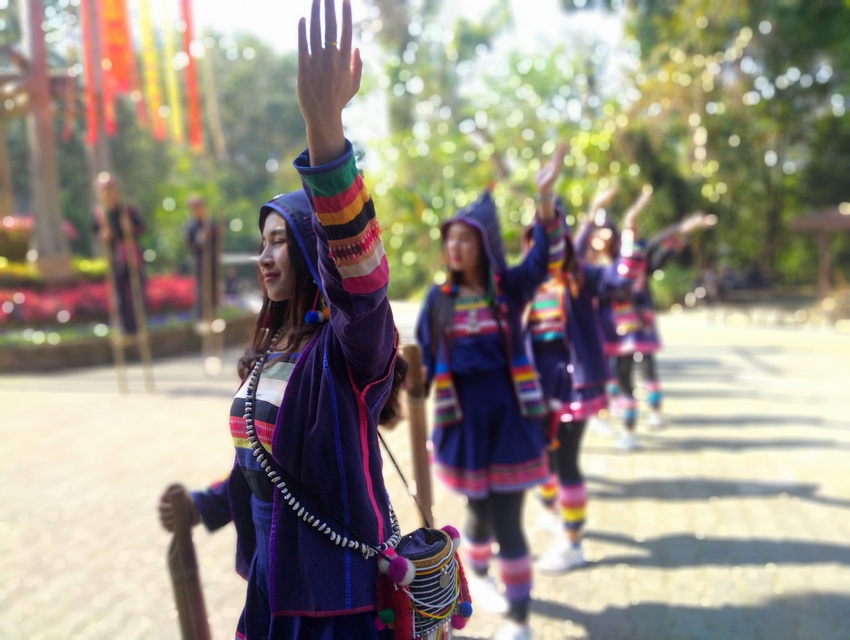
Doi Tung Palace, Choui Fong Tea Plantation, Black House, or Blue Temple, and then check in to the hotel in the evening.
And a variety of evening sightseeing options, including the Clock Tower, dinner, and shopping.
Don’t miss the Saturday Walking Street if you are traveling during the weekend.
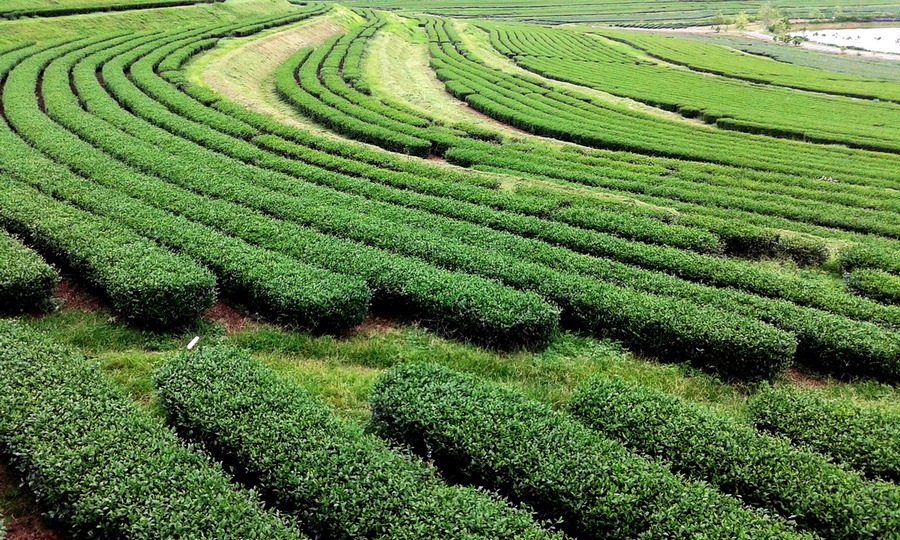
10: Chiang Rai day trip
Another attraction to choose from for a day trip or a stay outside the city. It will cover popular destinations and new things happening for you to discover.
It will be challenging and adventurous along the route that is rarely visited by foreign tourists.
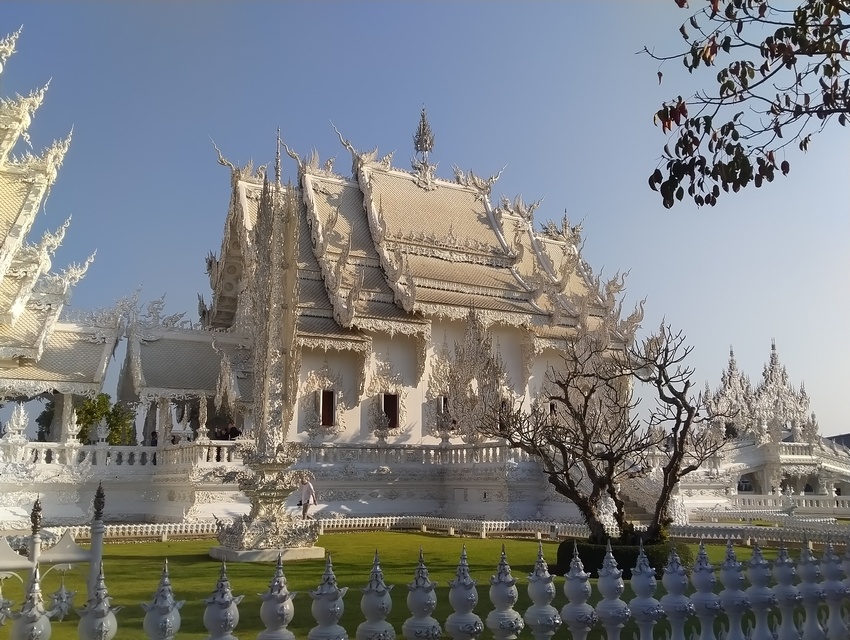
[Chiang Rai]
Chiang Rai is Thailand’s northernmost province and is part of the Golden Triangle region bordering Laos and Myanmar (Burma).
It’s remote hill tribes who live in mountainous terrain accessible by trekking.
White Temple (Wat Rong Khun), a modern Buddhist shrine with quirky modern sculptures and murals.
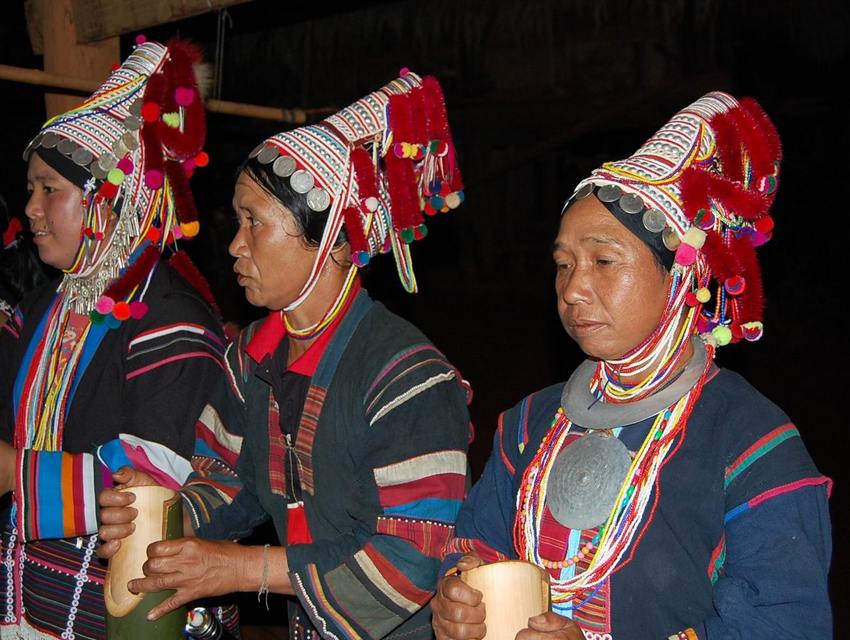
DAY 11: NEXT DESTINATIONS
Send you off at Chiang Rai Airport or the Chiang Khong-Huay Xai border if you have the next destination across to Laos.
You probably will go back to Chiang Mai Airport if there is no flight to the next place on the plan.
On the way back to Chiang Mai, stop by Suan Charoen and the hot springs. Then drop you off at the hotel or Chiang Mai Airport and proceed to your next destination.

Hope you enjoy
This is an itinerary of ideas that starts from Su Kho Thai and loops the upper right bank of the northern region (Phrae, Nan, Pha Yao, and Chiang Rai).
You’ll experience ways of life, cities, nature, and places different from one another.
I’ve taken this trip with several family groups, and they’ve enjoyed it, and it’s been a wonderful experience.
I shared for ideas and hope to see you next trip.
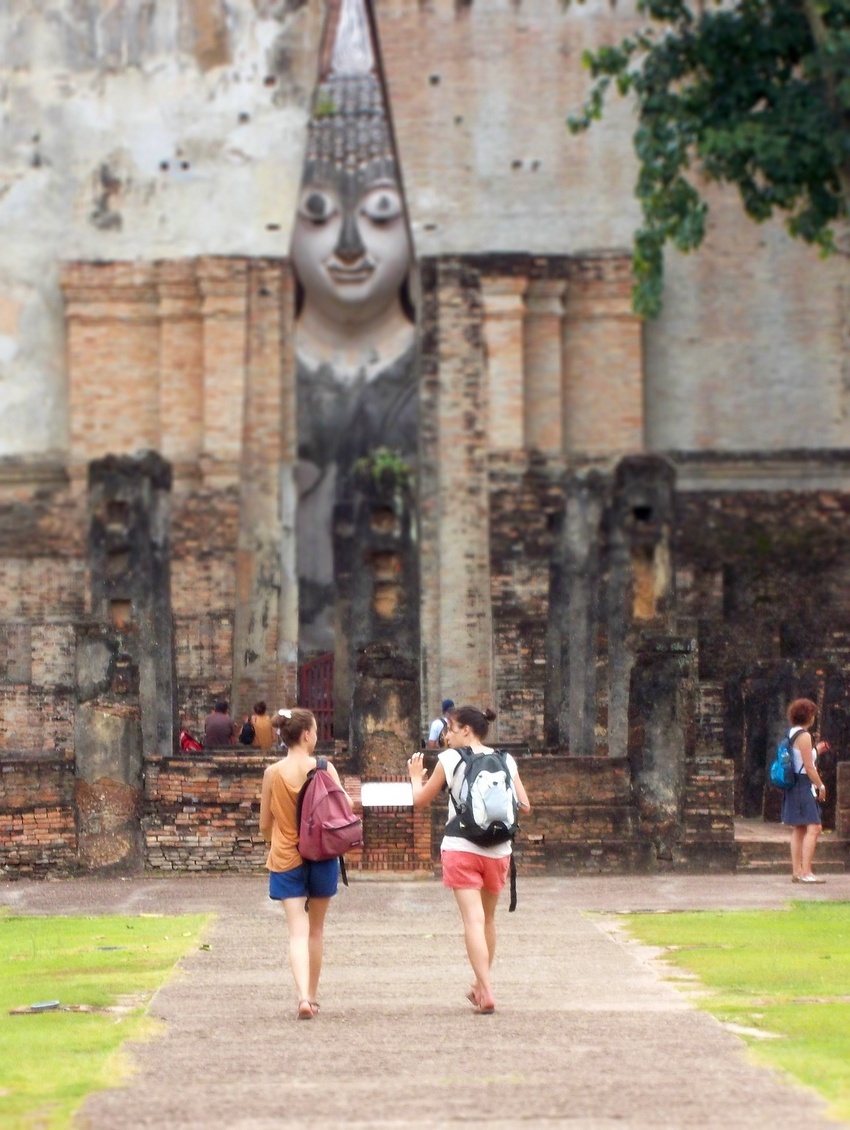



Pingback: Transfer to Lampang – Yes, Chiang Mai